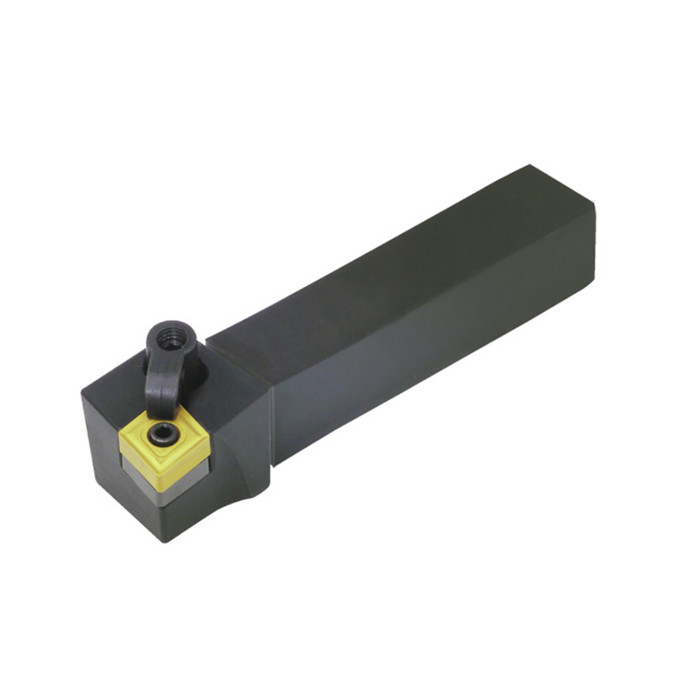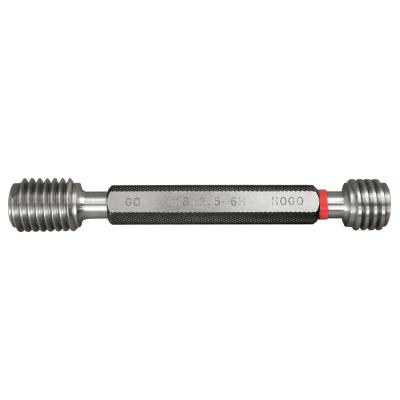Wholesale dividing head
A wholesale dividing head, also known as an indexing head or dividing head, is a precision tool used on milling machines, grinders, and other machine tools to accurately divide a workpiece into precise angles or segments. It allows for intricate machining operations, creating gears, splines, and other complex shapes with high accuracy. This guide explores the various types, components, applications, and key considerations when purchasing a wholesale dividing head.
Understanding the Basics of Dividing Heads
What is a Dividing Head?
A wholesale dividing head is a mechanical device that holds and rotates a workpiece to a specific angle or interval. It typically consists of a base, a spindle, a dividing plate (or plates), and a crank. The crank is rotated a specific number of turns and holes on the dividing plate to achieve the desired angular division. This allows for precise machining of multiple, identical features on a workpiece.
Key Components of a Dividing Head
- Base: Provides a stable foundation for the entire assembly.
- Spindle: The rotating shaft that holds the workpiece. Often features a Morse taper for accepting tooling.
- Dividing Plate(s): A plate with precisely drilled holes used in conjunction with the crank to achieve accurate divisions. Many wholesale dividing heads come with multiple plates.
- Crank: The handle used to rotate the dividing plate and, consequently, the spindle.
- Worm Gear and Worm Wheel: The internal mechanism that translates the crank rotation into spindle rotation.
- Tailstock (optional): Provides additional support for long workpieces.
Types of Dividing Heads
Direct Indexing Dividing Head
The simplest type. The spindle has a plate with a fixed number of equally spaced holes. The spindle is locked into position using a pin or lever. Direct indexing is quick but limited to the number of divisions on the plate.
Simple Indexing Dividing Head
Uses a worm gear and a dividing plate with multiple circles of precisely drilled holes. The crank is turned a specific number of holes in a specific circle to achieve the desired division. This is the most common type of wholesale dividing head.
Differential Indexing Dividing Head
Similar to simple indexing but includes a gear train that connects the dividing plate to the spindle. This allows for much more complex and accurate divisions than simple indexing. Suitable for very precise work. Wayleading Tools also offer gears for differential indexing.
Universal Dividing Head
The most versatile type. It can perform direct, simple, and differential indexing. Often includes features like tilting and swiveling for added flexibility.
Applications of Dividing Heads
Gear Cutting
Creating gears with precise tooth spacing is a primary application. The wholesale dividing head ensures each tooth is accurately positioned.
Spline Cutting
Manufacturing splines on shafts requires precise angular division. A dividing head is essential for accurate spline cutting.
Milling Hexagons and Other Polygons
Creating hexagonal or other polygonal shapes on a workpiece requires precise indexing. A wholesale dividing head allows for accurate and repeatable results.
Drilling Bolt Hole Circles
Accurately spacing bolt holes around a circle. A dividing head provides the necessary precision.
Engraving
For creating intricate designs or lettering on cylindrical surfaces.
Factors to Consider When Purchasing a Wholesale Dividing Head
Accuracy and Precision
The most important factor. Ensure the dividing head offers the level of accuracy required for your applications. Look for specifications regarding indexing accuracy, often expressed in arc seconds.
Size and Capacity
Consider the size and weight of the workpieces you will be machining. Choose a dividing head with sufficient capacity.
Indexing Ratio
The ratio between the crank rotation and the spindle rotation. A common ratio is 40:1, meaning 40 turns of the crank equals one full revolution of the spindle. Consider the ratios offered by different models to ensure they meet your needs.
Dividing Plates
The number and arrangement of holes on the dividing plates determine the possible divisions. Choose a dividing head with plates that offer the divisions you need. Determine if additional plates are readily available.
Build Quality and Durability
A wholesale dividing head is a precision instrument, so choose one made from high-quality materials with robust construction. Look for cast iron bodies and hardened steel components.
Accessories
Consider the availability of accessories such as chucks, faceplates, and tailstocks. These can significantly expand the versatility of the dividing head.
Price
Prices vary depending on the type, size, and features of the dividing head. Balance your budget with your requirements.
Maintenance and Care
Proper maintenance is crucial for ensuring the accuracy and longevity of your wholesale dividing head.
- Cleaning: Regularly clean the dividing head to remove chips and debris.
- Lubrication: Lubricate all moving parts according to the manufacturer's recommendations.
- Storage: Store the dividing head in a clean, dry environment.
- Calibration: Periodically check the accuracy of the dividing head and calibrate as needed.
Examples of Dividing Head Calculations
Let's say you want to divide a circle into 25 equal parts using a simple indexing head with a 40:1 ratio.
Calculation:
- Turns per division = 40 / Number of Divisions
- Turns per division = 40 / 25 = 1.6 turns
This translates to 1 full turn and 6/10 of a turn. Now, you need to find a hole circle on your dividing plate where 6/10 translates to a whole number of holes. If you have a 30-hole circle, then 6/10 * 30 = 18 holes. So, for each division, you would rotate the crank 1 full turn and 18 holes on the 30-hole circle.
Where to Buy Wholesale Dividing Heads
You can find wholesale dividing heads from various sources:
- Machine Tool Suppliers: Companies specializing in machine tools and accessories.
- Online Retailers: Websites that sell a wide range of tools and equipment. Consider sites like Wayleading Tools (www.wayleading.com) for their selection and competitive pricing.
- Auction Sites: Good for finding used equipment at potentially lower prices.
Troubleshooting Common Issues
Here are some common issues that may arise with a dividing head and potential solutions:
- Inaccurate Divisions: Check for wear or damage to the worm gear, dividing plate, or crank. Ensure the dividing head is properly lubricated.
- Excessive Backlash: Adjust the worm gear mesh if possible. Excessive wear may require replacing the worm gear.
- Difficulty Turning the Crank: Check for binding or obstructions. Lubricate all moving parts.
Conclusion
A wholesale dividing head is an indispensable tool for machinists requiring precise angular division. By understanding the different types, components, applications, and key considerations, you can choose the right dividing head for your needs and ensure accurate and efficient machining operations. Remember to prioritize accuracy, capacity, build quality, and proper maintenance to maximize the value of your investment.
Related products
Related products
Best selling products
Best selling products-
 Dead Center For Morse Taper Shank
Dead Center For Morse Taper Shank -
 Precision V Block Set With High Quality Type
Precision V Block Set With High Quality Type -
 Precision V Block Set With M Type
Precision V Block Set With M Type -
 Precision Dial Test Indicator Holder For Industrial
Precision Dial Test Indicator Holder For Industrial -
 Precision 2pcs Angle Blocks Set With High Quality Type
Precision 2pcs Angle Blocks Set With High Quality Type -
 Precision V Block And Clamps Set With Customized Type
Precision V Block And Clamps Set With Customized Type -
 Precision V Block Set With Industrial Type
Precision V Block Set With Industrial Type -
 MCLN Indexable Turning Tool Holder With Right And Left Hand
MCLN Indexable Turning Tool Holder With Right And Left Hand -
 Type B Light Duty Deburring Tool Set With Deburring Holder And Deburring Blade
Type B Light Duty Deburring Tool Set With Deburring Holder And Deburring Blade -
 HSS Metric & Inch Woodruff Keyseat Cutter With Straight Or staggered Teeth
HSS Metric & Inch Woodruff Keyseat Cutter With Straight Or staggered Teeth -
 Precision Monoblock Vernier Caliper With Nib Style Jaws Of Metric & Imperial For Industrial
Precision Monoblock Vernier Caliper With Nib Style Jaws Of Metric & Imperial For Industrial -
 Metric Thread Plug Gauge 6H Accuracy With Go & NO Go
Metric Thread Plug Gauge 6H Accuracy With Go & NO Go











